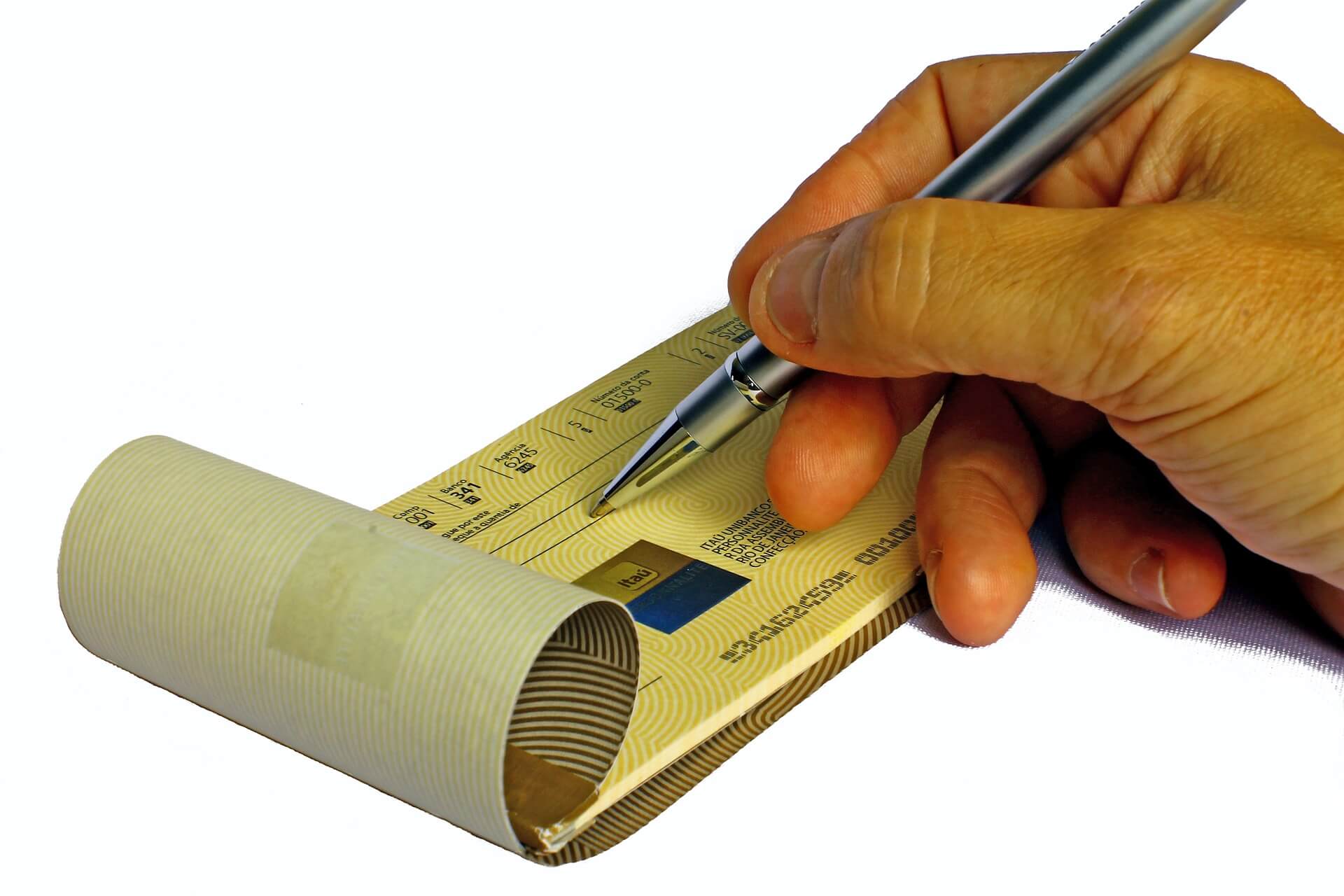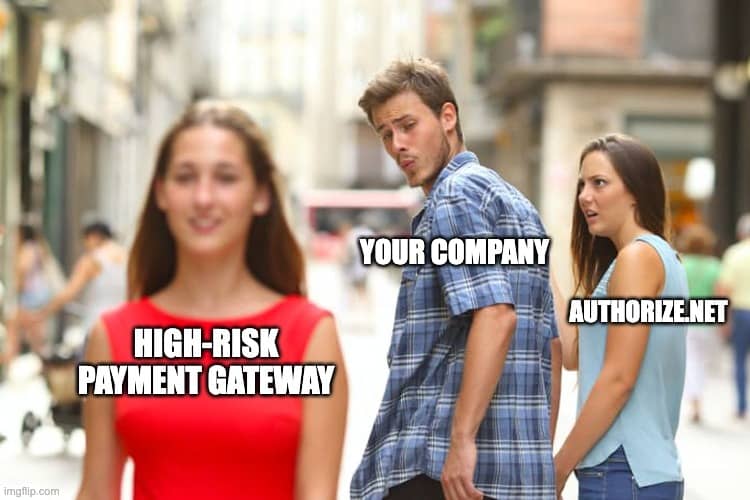Electronic Check Verification: A Guide for Merchants

As a merchant, you already know how hassle check verification can be. It seems like the process of verifying a check can suddenly stop the transaction, putting everything at a standstill until you can get everything adequately identified according to protocols. Yet, electronic check verification is essential for any merchant to own and manage a business. No matter how high-tech the world gets, many people still prefer to use paper checks and e-checks, despite the many other payment methods available. In fact, according to recent studies conducted among millennials and Gen Xers, 59% of both groups said they’d paid for something with a check within the past six months.
With checks and e-checks continuing to be popular, merchants must find the most streamlined and secure methods of electronic check verification to serve their customers better while ensuring that all safety protocols are observed. Toward that end, it’s a good time to revisit what electronic check verification is and learn how you can safeguard your transactions with the right electronic check verification services.
As a leading payment processing provider for high-risk merchant accounts, Zenti can help your business get approved for all payment methods, including credit and debit cards, e-checks, mobile apps, and online payment options. Zenti works with payment processors so you can get approved for these essential merchant services, even if you’ve been declined because of your high-risk industry. With Zenti, payment processing approval is just a few quick steps away.
What is Electronic Check Verification?
In the U.S., checks first started appearing around the end of the 1600s, and it’s a good bet that this was when the first bad checks began to appear; ever since merchants have tried to find the best method of verifying statements by validating a customer’s account as well as their identity.
The traditional way to verify paper checks is to ask the customer for their driver’s license and phone number (if the phone number wasn’t printed on the review). However, this simple method has numerous security holes and can leave a merchant wide open for fraud. For one thing, the merchant has no idea whether or not the banking account number and routing number are genuine. And with so much identity theft, a driver’s license may also be fake or stolen.
Electronic Check Verification Services
In 2003, the remote deposit made its debut, thanks to the passage of the Check 21 Act, which deemed that scanned check images were just as legal and legitimate as their original counterparts. Remote deposits also paved the way for introducing electronic check scanners to detect fraud. Remote deposit and electronic check scanners revolutionized the banking industry, providing massive convenience for merchants and their customers.
One popular service, CrossCheck, uses sophisticated check scanning technology for check verification. Here’s how it works:
1. The merchant enters specific check writer data into the desktop check scanner.
2. The check goes through the scanner and instantly verifies the account validity, including whether there are sufficient funds for the check to clear.
3. The processor then slides the check back out to the merchant. If the account is good, the screen shows “Recommended.” If the account has insufficient funds, has issues, or is fraudulent, the screen will show “Not Recommended.”
Merchants and bank tellers both use CrossCheck. One great advantage of CrossCheck is that it enables checking account balancing to be conducted in real-time, so customers can get same-day funds on checks they’ve just deposited.
Why is Electronic Check Verification Necessary?
Here are just a few reasons why electronic check verification can be such a valuable tool for your business:
High rate of NSF checks: As a merchant, you’ve probably seen your share of non-sufficient fund (NSF) checks. Known popularly as “bounced” checks (because they bounce back to the original payer), NSF checks are returned by the bank because there aren’t enough funds in the payer’s account to cover the payment. NSF checks are the bane of every business owner. However, an electronic check verification service can help decrease lost revenue due to bounced checks.
High fraud rate: Check fraud affects around 500,000 victims in the U.S. annually, with check fraud attempts reaching 15.1 billion in 2018. And according to a 2021 report from the Association for Financial Professionals, 66% of survey respondents reported check fraud activity.
Human error: Another vital reason for electronic check verification is the high incidence of human error in processing payments. For example, incorrectly entered account information constitutes one of the most common reasons for credit card declines. If you’re a merchant, a simple typo can cause you to lose a valuable sale and may even keep a customer from returning. With paper checks and e-checks, these same errors can quickly happen, primarily if a merchant writes down an incorrect driver’s license or phone number. Also, returned checks may result in more than a single lost sale. Studies show that 62% of customers won’t return to an online store if they’ve previously experienced a failed transaction.
These examples show why it’s essential to use the most advanced, up-to-date electronic check verification method. It may cost more, but it’s well worth budgeting for, as it’s vital to protecting your business and revenue flow.
One way to reduce bounced checks is to offer your customers a wide range of payment options. If you’re a high-risk merchant and you’re limited to just paper checks or cash payments, Zenti can help. With Zenti’s high-risk merchant services, you’ll be able to accept credit cards, debit cards, e-checks, mobile apps, and online payment methods, even if you’ve been declined for payment processing in the past. In addition, to secure payment platforms, Zenti provides a full line of merchant account services, including streamlined monthly invoicing and billing, all at affordable prices.
Eliminating Paper Checks With ACH Payments
While electronic check verification is a valuable tool, another great alternative is to take electronic e-check payments, eliminating the need for paper checks. And to do this, you’ll need to know about ACH payments.
An acronym for “Automated Clearing House,” ACH is a network that moves money electronically among U.S. bank accounts. You could see it as a much faster, digitized version of the traditional paper check. With ACH, financial institutions use checking accounts and routing numbers for debit or credit accounts.
ACH is governed by the organization Nacha. To give you an idea of the scope of these transactions, Nacha reports that, in 2021, there were 29 billion ACH payments, amounting to almost 73 trillion USD.
How does this apply to checks? ACH transactions are called “e-check” transactions because they use the routing and account numbers associated with the payer’s bank account. With this type of payment, if customers purchase on your e-commerce site and use an e-check, they’ll enter their bank routing and account numbers.
According to Nacha guidelines, ACH payments are processed and delivered in either one or two business days, depending on the financial institution’s timeline. However, in 2017, system improvements enabled ACH debit and credit transactions to be batch-processed three times a day. As a result, merchants and account holders can now see same-day ACH transfers, meaning the ACH transaction is processed and delivered within a single business day. And thanks to digital processing security protocols, ACH payments are considered more secure than paper check payments.
How are ACH Payments Used?
The ACH payment system is used for all types of direct deposit payments, including:
- ACH student loans: ACH student loan payments are paid monthly by millions of people.
- Government, IRS, and pension payments: Government agencies, including Social Security and the IRS, use ACH to process their monthly payments.
- Insurance claim payments: The ACH processes all types of electronic claim payments, including those from health insurers.
- Direct deposit employee payments: If you’ve ever had an immediate deposit payment from work, it was processed through the ACH.
Benefits of ACH Electronic Check Payments
Here’s a look at some of the advantages of using ACH e-check processing:
- It’s more secure than paper checks.
- You’ll be able to take remote and online check payments.
- ACH e-check payments process much faster than paper check payments, with same-day or next-day processing.
- You won’t have all the hassles of check verification because ACH takes care of the verification process for you.
- You won’t have bounced checks returned because ACH processing immediately determines if the account has sufficient funds.
Of course, one of the most significant advantages is that, with an ACH processor, you’ll be able to add e-check options to your checkout page safely. And Zenti can help your business get approved for a high-risk e-check/ACH merchant account, even if you’ve been denied in the past. With Zenti, you can accept checks remotely by mail, phone, or through your website, even if you’re in a high-risk industry.
Tips for Preventing Check Fraud
Regardless of whether you take paper checks, e-checks, or both, these tips can help you prevent fraudulent statements from affecting your business:
Train Your Staff to Conduct the Proper Protocols
If your staff isn’t properly trained, they may not know what to do when they’re handed a paper check or dealing with e-check payments. Be sure to show your employees how to conduct electronic check verification, and explain how to handle a declined or bounced check. With good communication, you’ll have everyone on the same page, which can go a long way toward mitigating check problems.
Try to Avoid Paper Checks Whenever Possible
You can continue taking paper checks, but be aware that the fraud risk for paper checks has always been high. If customers don’t want to use credit cards, consider offering cash payment discounts. And for the best protection, invest in an electronic check verification service like CrossCheck.
Consider Using a Dual Approval Protocol
Sometimes two sets of eyes are better than one, especially when detecting identity theft and fraud. Many businesses set up a dual approval system, where a paper check transaction must go through two-employee approval (or employee and management approval) before being accepted. Dual approvement systems are beneficial with large check amounts, so you may want to set up this type of system for payments that exceed a specific dollar amount.
Use ACH Processing
By using the ACH network, you’ll be able to mitigate check fraud and eliminate time-consuming manual check verifications on every transaction. In addition, you can invest in a tool like Positive Pay, an automated check-matching service that adds an extra layer of protection to check transactions.
If you’re tired of dealing with bounced checks, Zenti can help you get approved for a full roster of payment services at affordable rates. As a leading payment provider for high-risk merchant accounts, Zenti knows how to negotiate with payment processors so you can get the payment services your business needs.
With Zenti, you’ll be able to get a full roster of payment processing services for any high-risk industry. These full rosters allow you to take all major credit and debit cards, e-checks, mobile app payments, and online payments through a safe and affordable payment platform.
If you’re ready to start using the best, most sophisticated payment solutions, contact Zenti and find out how we can take your business to an even greater level of success.
Read Next

Find out whether Authorize.Net works for high risk merchants, what restrictions you might face and how to get approved.

Get expert advice on selling CBD products on Shopify, including compliance tips and setting up secure payment options.

Find out why Square may deactivate merchant accounts and steps to resolve issues and maintain uninterrupted payment services.
Need a High-Risk Merchant Account?
Disruption-free payment processing at the best price for your situation, guaranteed.
Get Free Guidance Now!